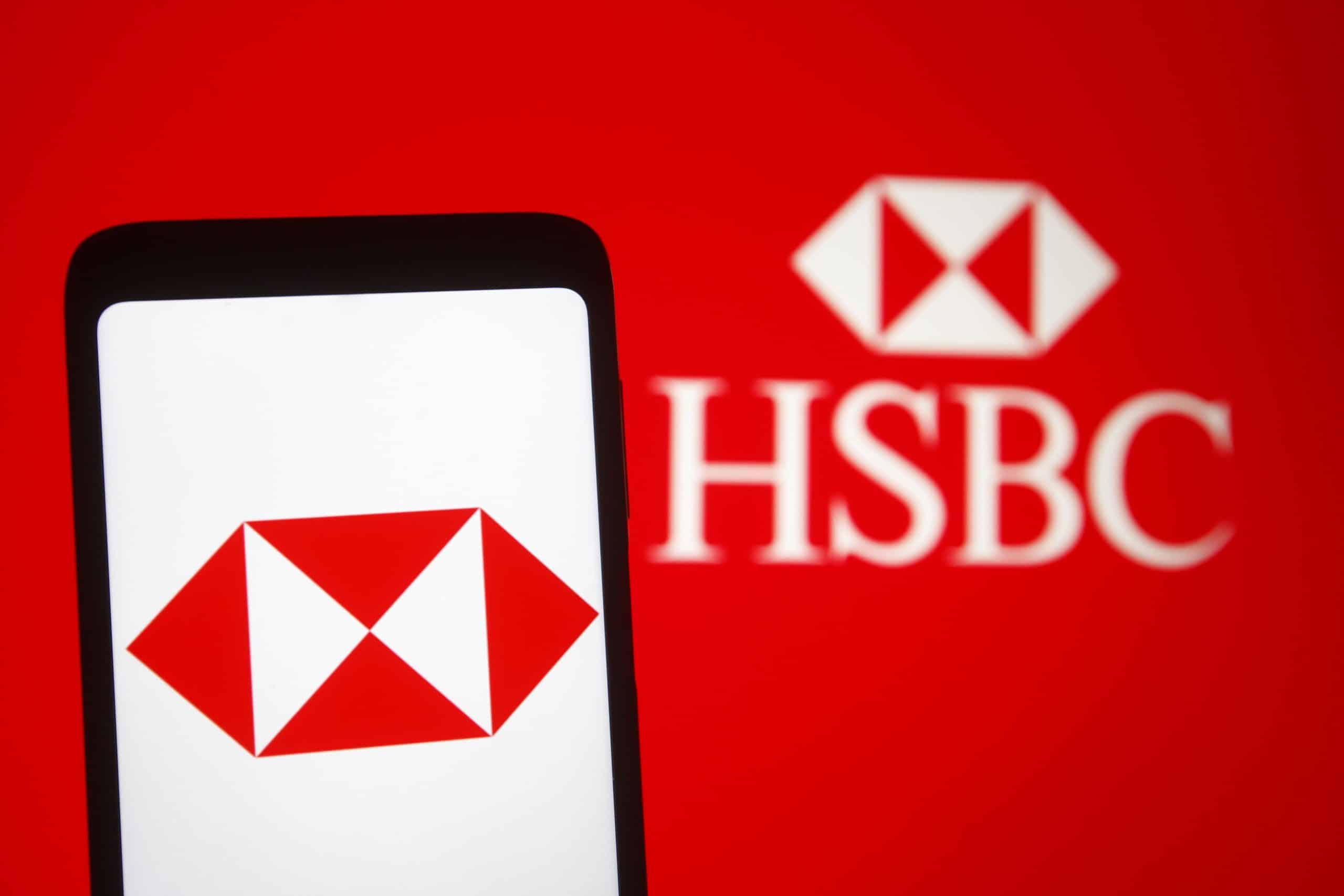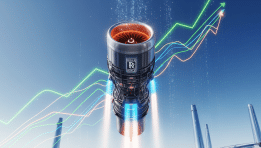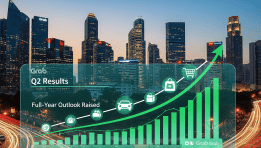Profit Drops Sharply in Q2 Amid Market Pressures
HSBC, one of the world’s largest banking groups, reported a significant decline in second-quarter earnings for 2025. Pre-tax profit dropped 29 percent year-over-year, reaching $6.3 billion compared to $9 billion in the same quarter of 2024. The results came in below analysts’ expectations and highlighted growing headwinds in several of the bank’s core markets.
A major drag on performance was a $2.1 billion impairment related to HSBC’s stake in China’s Bank of Communications, which was diluted from 19 percent to 16 percent following a share issuance by the Chinese bank. This accounting loss had a material impact on quarterly profitability.
First-Half Performance Reflects Broader Challenges
Looking at the first half of 2025 as a whole, HSBC posted a pre-tax profit of $15.8 billion, down 26 percent from $21.6 billion in the same period last year. The decline reflects both exceptional one-time items and weaker contributions from certain business units, particularly in investment banking and Greater China operations.
Despite the profit decline, HSBC’s return on tangible equity (RoTE) remained strong at 14.7 percent—exceeding analyst forecasts. The bank also maintained a robust Common Equity Tier 1 (CET1) capital ratio, underlining its overall financial resilience and operational flexibility.
Major Share Buyback Underscores Confidence
One of the most notable elements of HSBC’s announcement was a new $2 billion share buyback program. This follows a prior repurchase plan earlier in the year, bringing total buybacks in the first half of 2025 to approximately $5 billion.
Share buybacks are often viewed as a vote of confidence by a company in its own valuation. HSBC’s management reiterated their intention to return at least 50 percent of annual net profit to shareholders through a combination of dividends and share repurchases. This approach reflects a commitment to long-term shareholder value, even amid global uncertainty and earnings volatility.
The bank’s balance sheet strength and consistent capital generation provide it with the capacity to continue rewarding shareholders while still investing in strategic priorities and weathering external shocks.
Dividend Policy: Stable and Predictable
Alongside the buyback announcement, HSBC declared a second interim dividend of $0.10 per share. This follows a previous dividend earlier in the year, reinforcing the bank’s disciplined and consistent capital distribution policy.
While earnings came under pressure, the bank chose not to reduce its dividend, signaling both confidence in underlying cash flow and an intent to remain attractive to income-focused investors. The combination of dividends and share buybacks allows the bank to balance flexibility with commitment, adapting to market conditions without abandoning its long-term return targets.
Strategic Restructuring and Operational Efficiency
Under the leadership of CEO Georges Elhedery, who took office in late 2024, HSBC is undergoing a broad strategic restructuring. This includes streamlining its investment banking operations, reducing advisory services in Europe and North America, and consolidating internal units.
In 2025 alone, the bank aims to cut approximately $600 million in expenses, with a long-term target of $1 billion in annual savings by 2027. A new Capital Markets and Advisory division has been established with a strategic focus on emerging markets and Asia-Pacific regions, where HSBC sees its most promising growth opportunities.
These efficiency measures are designed not only to lower costs but also to sharpen the bank’s focus on geographies and business lines where it maintains a competitive edge.
Navigating Global Headwinds
HSBC continues to face a complex macroeconomic environment. High interest rates, slower growth in China, risks in the commercial real estate sector, and ongoing geopolitical tensions—particularly between China and the U.S.—are all weighing on the bank’s near-term outlook.
However, HSBC benefits from a diversified client base, strong capital buffers, and an established presence in high-growth regions. While navigating short-term turbulence, the bank is also investing in long-term digital transformation, ESG integration, and risk-adjusted profitability.
Analysts and investors will be closely watching whether HSBC can maintain its return metrics, deliver on cost-cutting goals, and stay on track with its capital return commitments.
Conclusion
HSBC’s Q2 results reflected significant challenges, but the bank is responding with a proactive strategy focused on capital efficiency and shareholder returns. The $2 billion buyback, stable dividends, and strong capital ratios demonstrate that HSBC is managing from a position of strength.
Although earnings were affected by one-time impairments and macroeconomic pressures, the bank’s long-term fundamentals remain intact. If execution on restructuring, cost control, and strategic focus continues, HSBC could emerge from 2025 better positioned for sustainable growth and value creation.
Comparison, examination, and analysis between investment houses
Leave your details, and an expert from our team will get back to you as soon as possible
* This article, in whole or in part, does not contain any promise of investment returns, nor does it constitute professional advice to make investments in any particular field.
To read more about the full disclaimer, click here- Articles
- •
- 7 Min Read
- •
- ago 7 minutes
 Rolls-Royce Soars to New Heights as Jet Engine Demand Powers Earnings Outlook
Rolls-Royce Soars to New Heights as Jet Engine Demand Powers Earnings Outlook
Rolls-Royce Holdings PLC has significantly upgraded its full-year outlook, citing a sharp rebound in demand for its jet engines. The
- ago 7 minutes
- •
- 7 Min Read
Rolls-Royce Holdings PLC has significantly upgraded its full-year outlook, citing a sharp rebound in demand for its jet engines. The
- Articles
- •
- 8 Min Read
- •
- ago 30 minutes
 The AI Surge: When Tech Investments Become the Engine of Growth
The AI Surge: When Tech Investments Become the Engine of Growth
A newly published chart from the U.S. Bureau of Economic Analysis (BEA) reveals a striking shift in the dynamics of
- ago 30 minutes
- •
- 8 Min Read
A newly published chart from the U.S. Bureau of Economic Analysis (BEA) reveals a striking shift in the dynamics of
- Articles
- •
- 7 Min Read
- •
- ago 50 minutes
 Grab Surpasses Expectations with Robust Q2 Results, Raises Full-Year Outlook
Grab Surpasses Expectations with Robust Q2 Results, Raises Full-Year Outlook
Grab Holdings Ltd. (NASDAQ: GRAB) posted strong second-quarter results for FY2025, delivering top- and bottom-line beats and reaffirming its momentum
- ago 50 minutes
- •
- 7 Min Read
Grab Holdings Ltd. (NASDAQ: GRAB) posted strong second-quarter results for FY2025, delivering top- and bottom-line beats and reaffirming its momentum
- Articles
- •
- 7 Min Read
- •
- ago 2 hours
 China Flashes Warning Signs as July PMI Data Disappoints
China Flashes Warning Signs as July PMI Data Disappoints
Both manufacturing and services sectors underperform, fueling calls for renewed stimulus from Beijing Dual Weakness in Industry and Services Financial
- ago 2 hours
- •
- 7 Min Read
Both manufacturing and services sectors underperform, fueling calls for renewed stimulus from Beijing Dual Weakness in Industry and Services Financial












